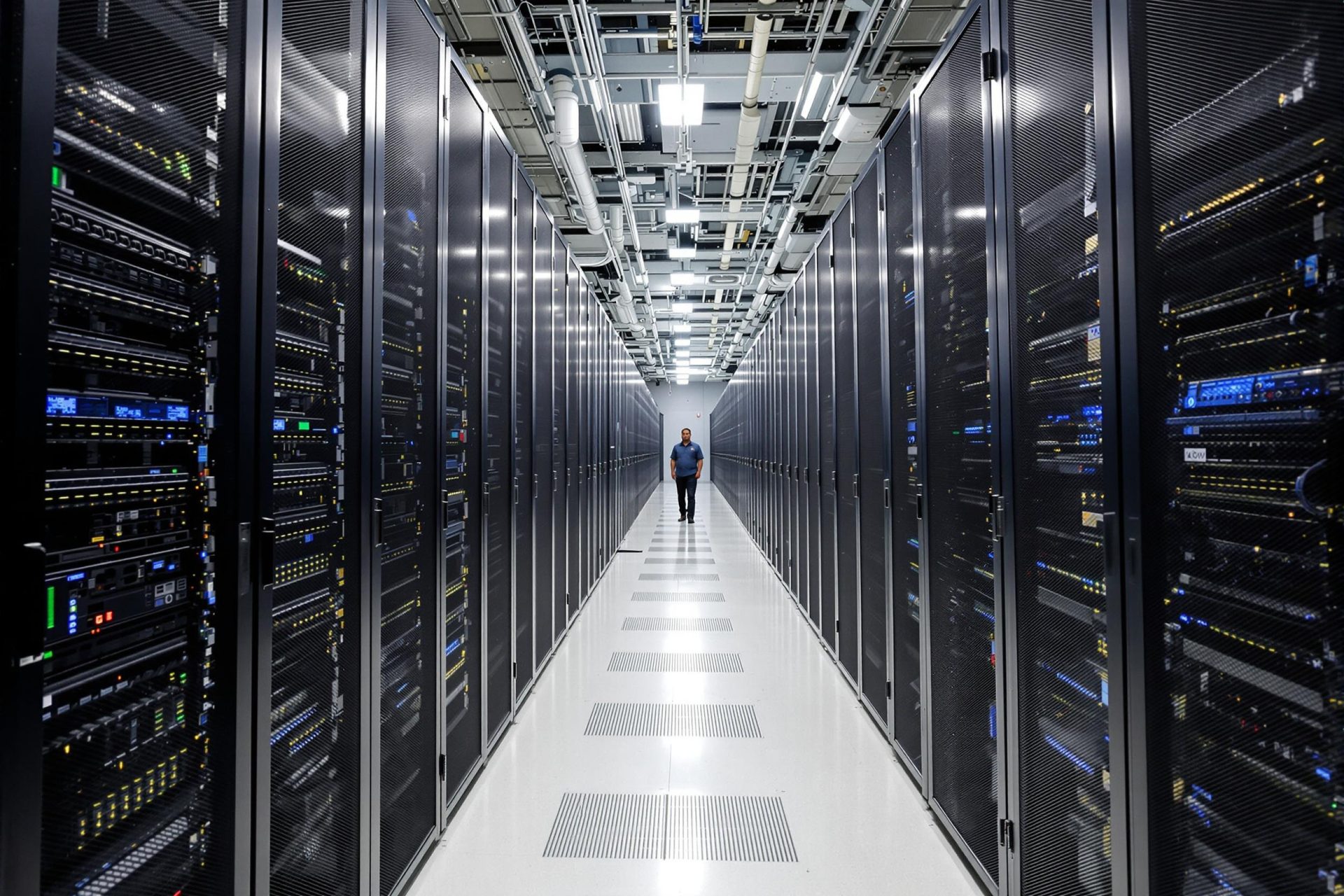Key Takeaways
- Amazon Web Services (AWS) revenue grew 17% year-over-year, reaching an annualized rate of $117 billion.
- CEO Andy Jassy sees massive potential for AWS growth, driven heavily by customer demand for Artificial Intelligence (AI) services.
- Amazon is investing heavily across the AI stack, including custom chips (Trainium2), managed services (Bedrock), foundation models (Nova), and AI assistants (Q).
- Despite strong growth, AI chip supply constraints are limiting how quickly AWS can meet customer demand, though improvement is expected.
- Amazon reported strong Q1 2025 earnings, beating expectations, with continued growth projected for Q2.
Amazon Web Services is rapidly expanding, fueled by surging interest in artificial intelligence, CEO Andy Jassy recently shared with financial analysts.
During the company’s first-quarter earnings call, Jassy highlighted AWS’s impressive 17 percent year-over-year revenue jump. The cloud division is now on track to generate $117 billion annually as it helps businesses move to the cloud and innovate faster, according to CRN.
Jassy believes there’s still huge room for growth, noting that most global IT spending (over 85%) remains on-premises, not in the cloud. He predicts this balance will shift significantly in the coming decades, potentially making AWS even larger than previously anticipated, especially with the rise of AI.
This belief is driving aggressive AI investment across Amazon. Jassy stated the company is committed to integrating AI deeply, from improving Alexa and fulfillment operations to providing AWS customers with comprehensive AI building tools.
These tools span different layers. For model builders, Amazon offers its cost-effective Trainium2 custom AI chip, which is seeing high demand. Jassy emphasized the need to lower AI costs for widespread adoption.
In the middle layer, Amazon Bedrock provides a managed service letting customers easily build generative AI applications using various high-performing foundation models, including recent additions from Anthropic, Meta, DeepSeek, and Mistral AI.
Amazon also introduced new versions of its own foundation models, like Amazon Nova, designed for top performance and value. A new speech-to-speech model, Nova Sonic, aims to create more accurate and human-like voice AI applications.
The company is also pushing into “agentic AI”—AI that performs complex, multi-step tasks. While acknowledging the technology is still developing, Amazon released a preview of Nova Act, a model designed to execute actions within web browsers more reliably.
At the top layer, the AI assistant Amazon Q helps accelerate software development and automate complex workflows. Jassy noted that Amazon’s AI business is already generating billions annually and growing rapidly.
However, Jassy reminded listeners that basic cloud infrastructure modernization remains crucial for companies wanting to fully leverage AI.
When asked about supply challenges, Jassy acknowledged that constraints, particularly with AI chips and related components, are limiting AWS’s ability to meet all the current demand. He expects these supply issues to improve throughout the year.
Separately, Jassy mentioned that potential tariffs haven’t significantly impacted consumer demand on Amazon’s retail side yet, though some sellers might be stocking up. He noted that pricing could change depending on future tariff decisions.
Financially, Amazon reported strong Q1 2025 results, with total revenue hitting $155.7 billion, up 9% from the previous year and beating analyst expectations. Net income also saw a significant rise. The company projects continued growth for the second quarter.



